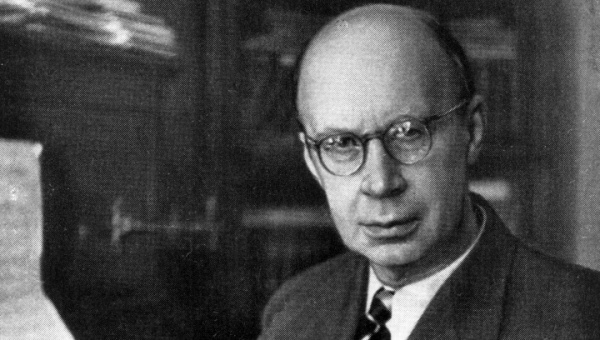The orchestral suite Peter and the Wolf was written in 1936 by Russian composer Sergei Prokofiev to encourage young children to cultivate an interest in music. He wrote it at the request of Natalya Sats, the director and founder of Mossoviet Central Children’s Theatre, the first professional theater in Russia with repertoire specifically for children. It included a text written by the composer which was read aloud as part of the performance, associating characters in the story with specific musical themes and instruments.

Prokofiev (1891-1953) was internationally known by the time he was asked to write a work for children. He was born in eastern Ukraine and grew up on an estate in the Ukrainian steppes in a home filled with music. His mother played piano and took him to opera performances in St. Petersburg and Moscow.
His musical training began with piano lessons when he was four years old. This was followed by acceptance at St. Petersburg Conservatory at the age of 13 where he studied composition with Rimsky-Korsakov. After graduation, he stayed at the conservatory to pursue his studies in piano and conducting, and won first prize in the 1914 diploma piano competition performing his own piano concerto. With his completion of music classes, he traveled to Paris and London to attend concerts and write music.
He made the decision to go to the United States in 1918 because of the upheaval caused by the Russian Revolution. The changes on the political and social levels were initially accompanied by an encouragement of cultural life, but later the Soviet regime under Stalin placed restrictions on the arts. When Prokofiev arrived in the U.S., the composer-pianist Sergei Rachmaninoff was already there and Prokofiev found himself constantly being compared to him.
Prokofiev had an extensive concert schedule during his four years in America while still giving concerts in Paris, London, and in Russia.
From 1923 to 1936, he lived in Paris while continuing to travel to Russia. His music was published in the Soviet Union and articles in Soviet publications praised his music and success. He moved back to Russia in 1936 and was commissioned by Natalya Sats to write Peter and the Wolf. Prokofiev composed the work in four days and Sats contributed ideas for the libretto. The premiere was May 2, 1936 by the Moscow Philharmonic but the work was not well received. It was performed three days later, May 5, 1936, at the children’s theater with Sats providing the narration. The result was the launching of a successful work in the Soviet Union and throughout the world.
To this day, elementary school children hear Peter and the Wolf during school assemblies or at concerts for young people. They associate birds with the flute, cats with clarinets, ducks with oboes, and wolves with French horns. The people in the story are also represented with specific instruments: hunters with woodwinds, trumpets, timpani, and bass drum, the grandfather with the bassoon, and the hero Peter with strings.
There have been hundreds of performances and numerous recordings with narrators ranging from political figures to actors, musicians, and members of the Prokofiev family. A few of the people who have provided narration are Eleanor Roosevelt, Sir John Gielgud, Sting, and the widow of the composer–Lina Prokofiev. In addition, there have been several film adaptations including a Walt Disney 1946 animated film.
Prokofiev wrote operas, ballets, concertos, and solo works. The opera The Love for Three Oranges and the ballet Romeo and Juliet are two of his other many works that have endured the test of time. But it is his 25-minute suite that is recognized by children throughout the world.
